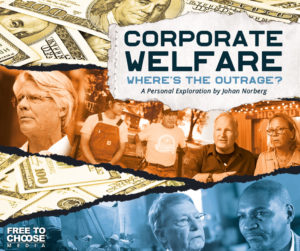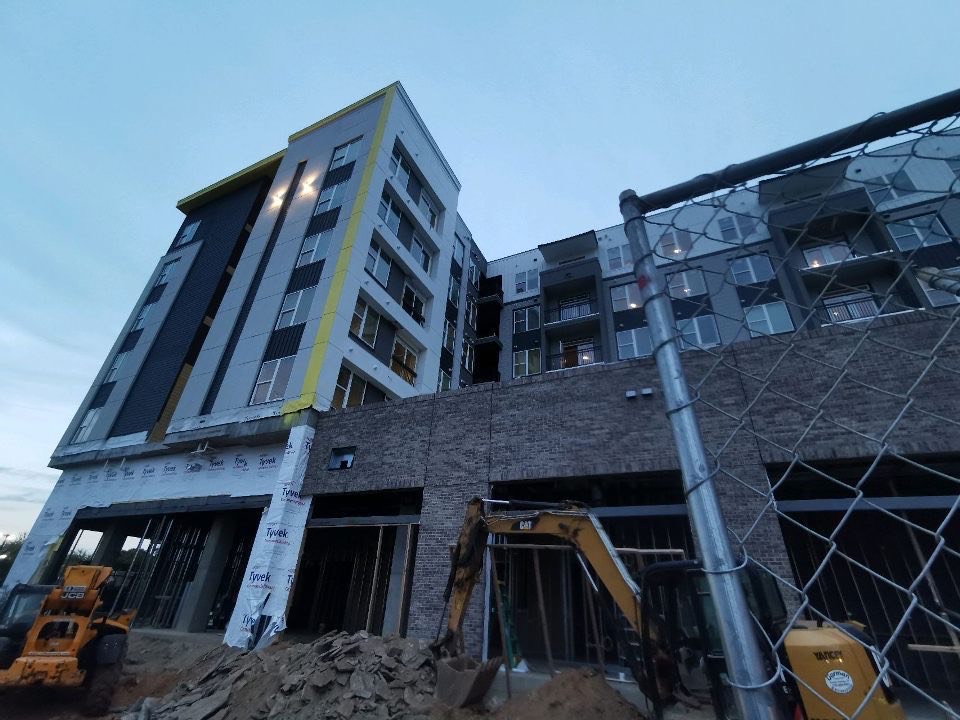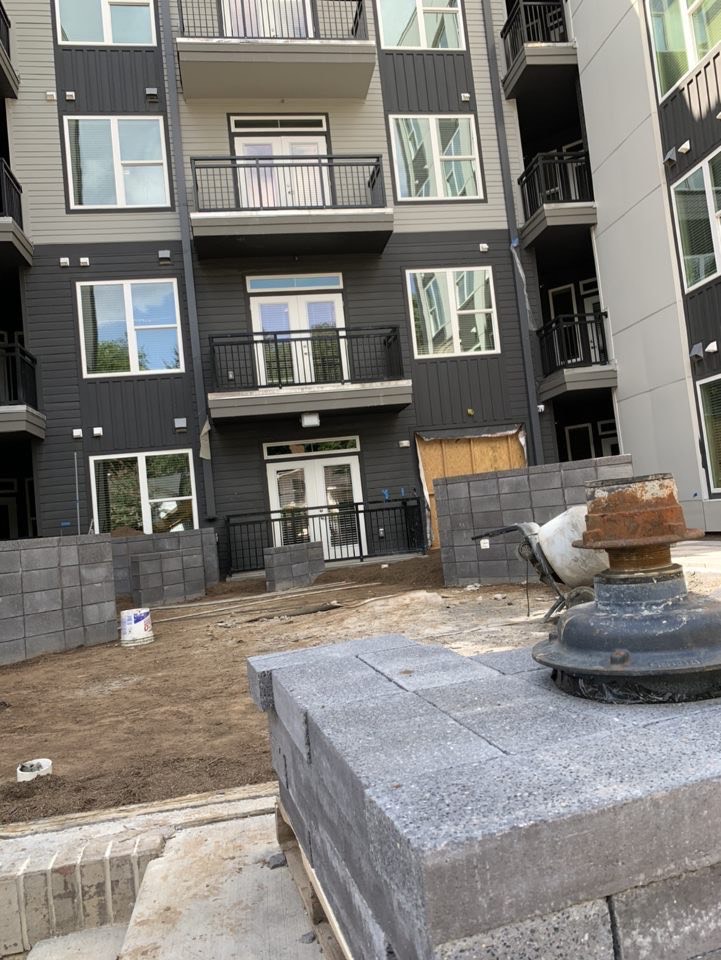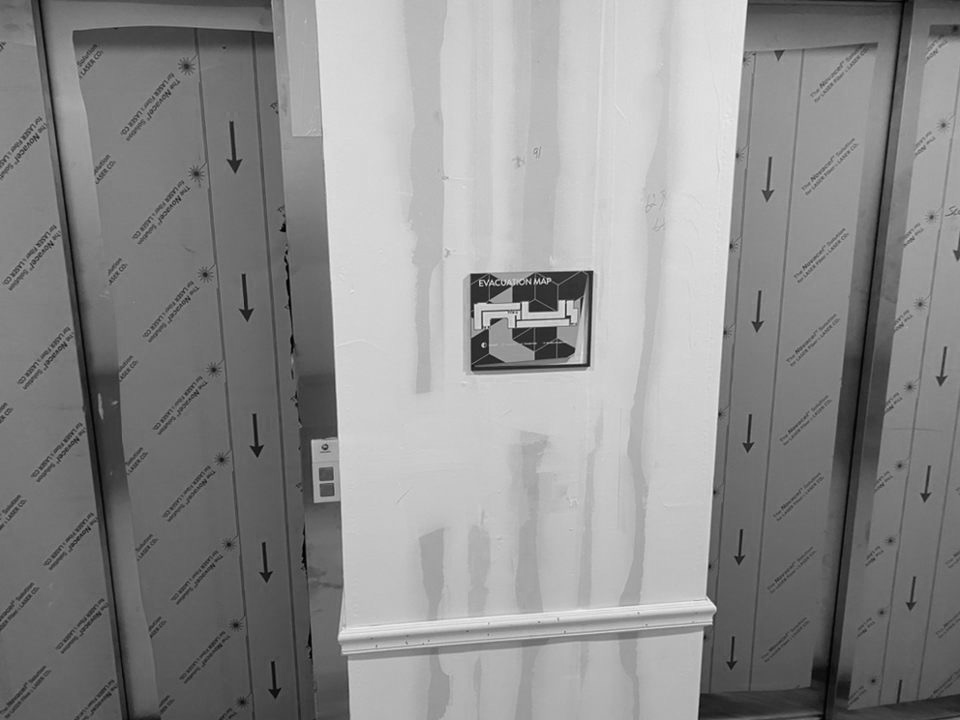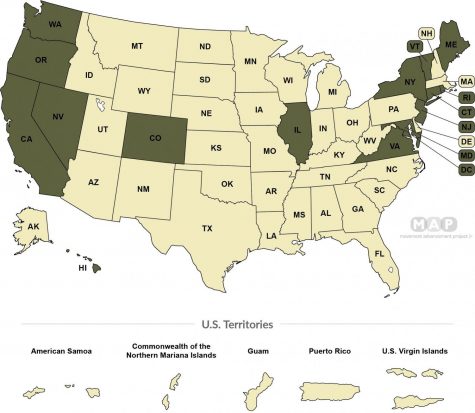COVID-19 doesn’t just stop at infection. It doesn’t just start with a sore throat and pounding headache. For me, and so many others, it has never stopped. It has caused irreparable damage to our bodies causing life altering changes and decisions.
I am what medical professionals now call a ‘Covid Longhauler’.
I was a college sophomore who just celebrated my 19th birthday on the first day of school. Three days later, I tested positive for COVID-19. In the matter of a few hours, I went completely downhill.
Who knew the change that would take effect so quickly would end up changing my life forever. At first, I was skeptical. Skeptical how something could take over the world so quickly, how it could close businesses and schools across the world. It wasn’t like anything I had ever seen before.
I tested positive in August of 2020. Today, now August of 2021, my life has been changed in more ways than I had ever imagined.
It started simple like the flu. My life for the next two weeks consisted of the usual quarantine routine. I thought that soon enough I would return back to my normal life. Despite the fact of feeling well recovered for a week, I started noticing drastic changes in my health.
I couldn’t drive long distances without having a headache that caused vision issues and vomiting. My heart felt as if it would leap from my chest at any given moment. I became faint, pale, and dehydrated no matter how many bottles of water I drank or how many vitamins I took. There was a constant burning sensation in the bottom of my throat that altered the way I spoke.
Something was wrong, but the hard thing was, I had almost zero answers. The doctor visits began in September. Ranging from two hospital visits to upwards of 20 doctor visits. I was placed on numerous medications, IVS, had scans performed, blood withdrawn, but nothing ever showed.
After a visit with my heart doctor, I wore a monitor for a week to monitor the tachycardia I was experiencing. After the results, I was placed on a medication that helped slow my heart rate and eventually, it went away.
I then decided it was time to address my throat issues. I went to multiple doctors who placed me on steroids and antibiotics believing I had an infection like strep, until my Gastroesophageal reflux disease (GERD) diagnosis.
There was a tube placed through my nose into the back of my throat to test the levels of acidity coming up from my stomach for about two days. The acid reflux had undoubtedly been burning my vocal cords and tonsils. Three medications later, things started to stabilize with the occasional sore throat and a diet change.
Then came the worst of it all, migraines. I quickly learned, migraines are not your typical headache. They came out of nowhere and completely shattered my everyday life.
Again, a neurologist and hospital visit later, a chronic migraine diagnosis was made. Today, I still struggle the most with this diagnosis. I have monthly shots injected into my abdomen, as well as daily medication to prevent the onset of a migraine, but they still come and go as they please.
And into the summer, after a couple visits and discussions with doctors, I was told there was a possibility of genetic disorders, chronic illness, and even the possibility of blood cancer.
At 19 years old, when I should be enjoying my summer with my family and friends I hadn’t seen all year, I was facing the reality that COVID could seriously kill me not during, but after? No individual should go through the process of being told that’s a possibility. I thought to myself how am I going to finish school? Will I pass down a disorder to my future kids? Will I even make it to then?
As luck would have it, more work and a specialist later there was nothing that suggested any cancer and I had tested negative for any kind of genetic disorder.
At this day in time, I have 3 acid reflux medications to be taken as needed, one migraine medication to be taken as needed, and a monthly migraine injection. While the status of my health has made tremendous improvement, my life is still being altered by a virus I contracted over a year ago now.
My point in all of this is that we really don’t understand the severity of this virus. Everytime I spoke to a doctor I was always told the same thing: ‘We are still learning about the effects of this virus on the human body, but it is safe to say that all of these issues are coming from it.’
Clinics are going up across the world for people like me who still are ridden by this sickness. Covid does not pick and choose. I was young and healthy. I did everything right. I wore a mask, socially distanced, and I still got sick. While it seems like an oxymoron, I ask that you all, as my classmates, friends, and Georgia southern family, take this situation seriously. We really don’t know everything about this virus or how it will affect every one of us, but all that we can do is know that it’s not to be played off.
Take it from me, an individual who has suffered its effects for over a year. Or take it from a loved one, a neighbor or a classmate who has directly lost someone or themselves to this virus. So please, protect yourself and protect each other.
The post OPINION | My life as a COVID-19 long-hauler appeared first on The George-Anne Media Group.

